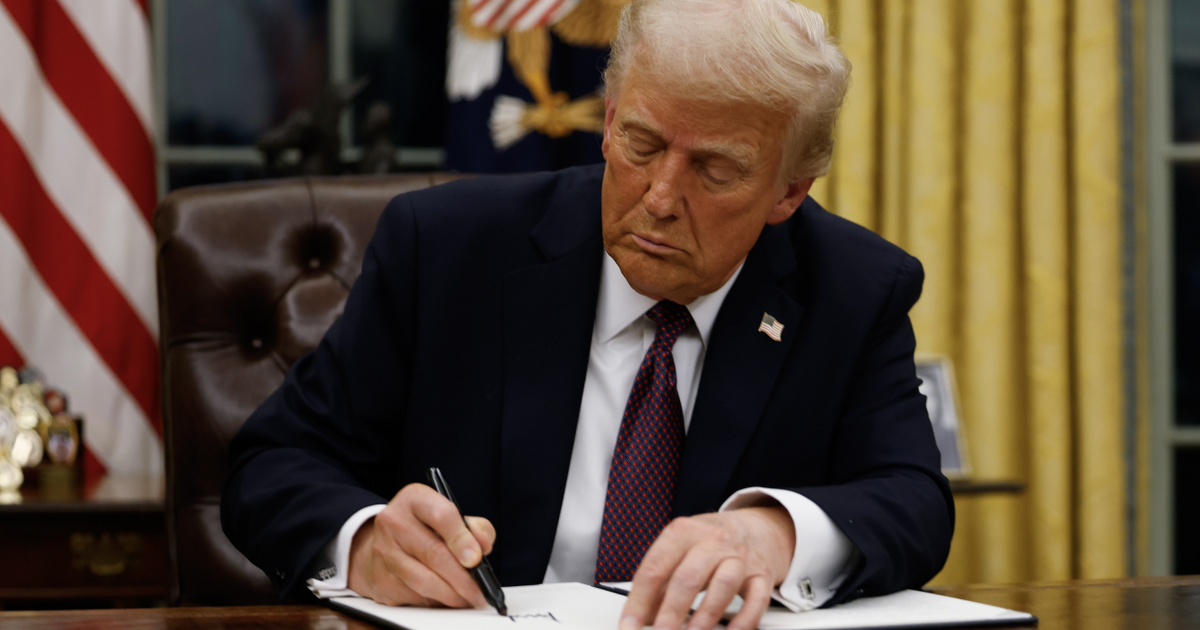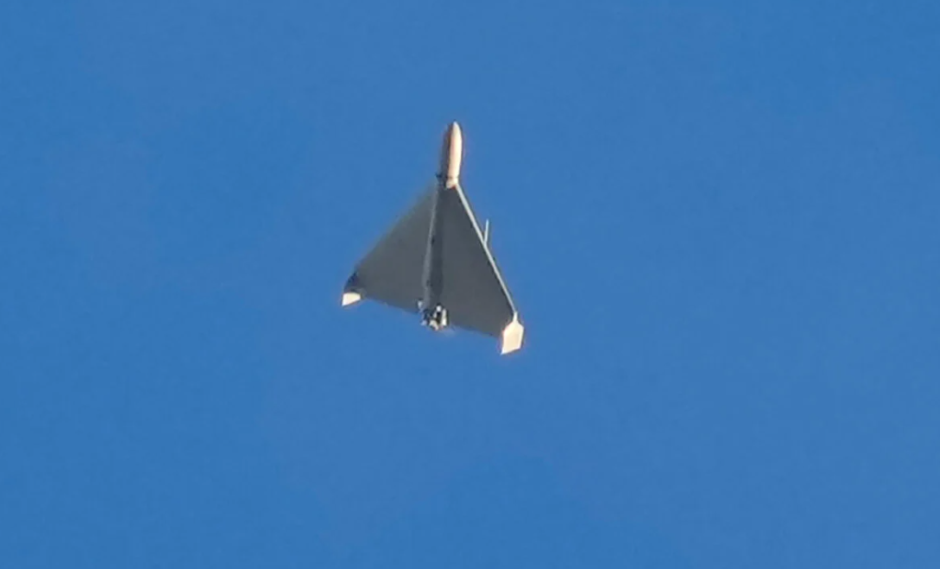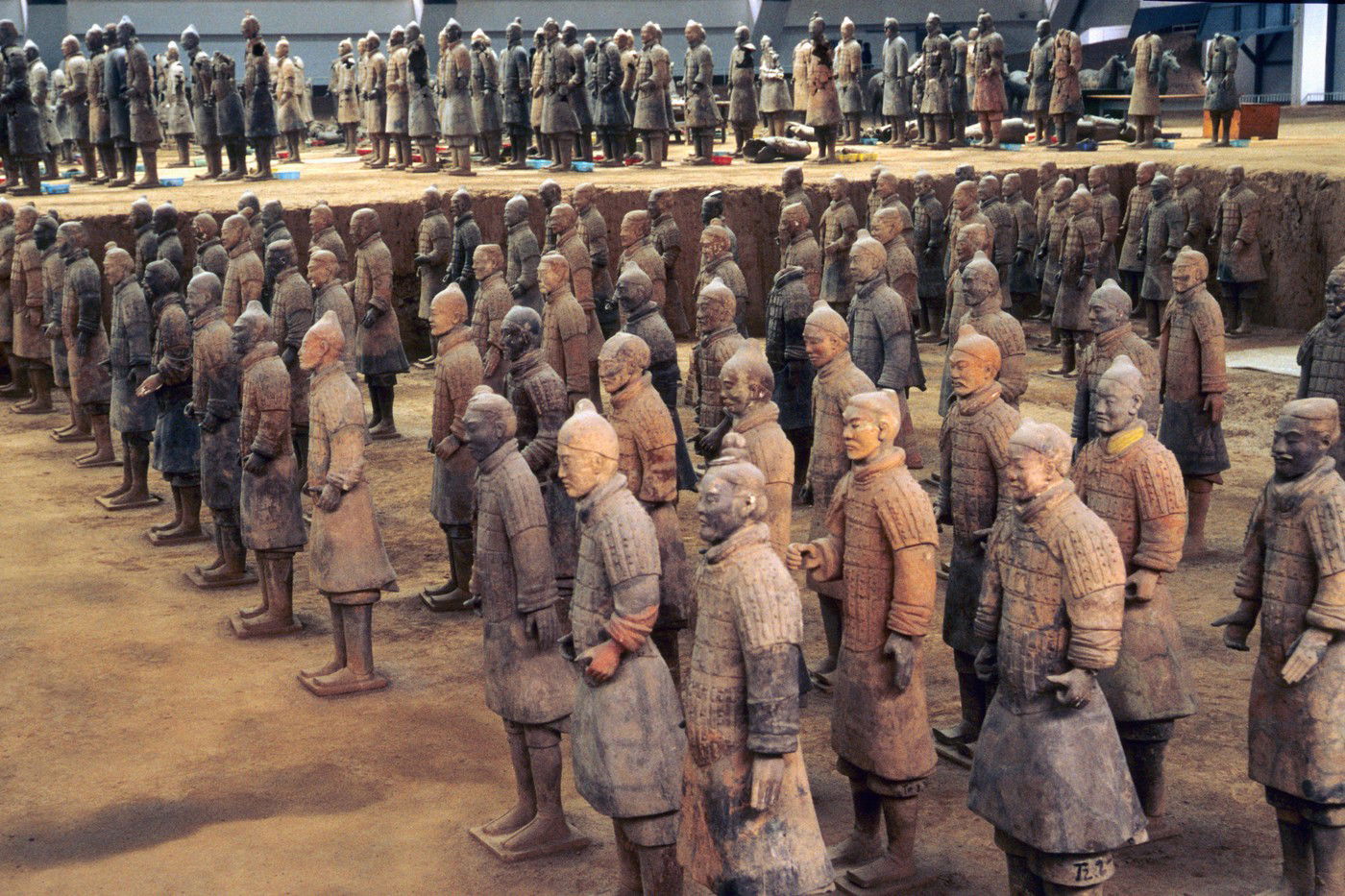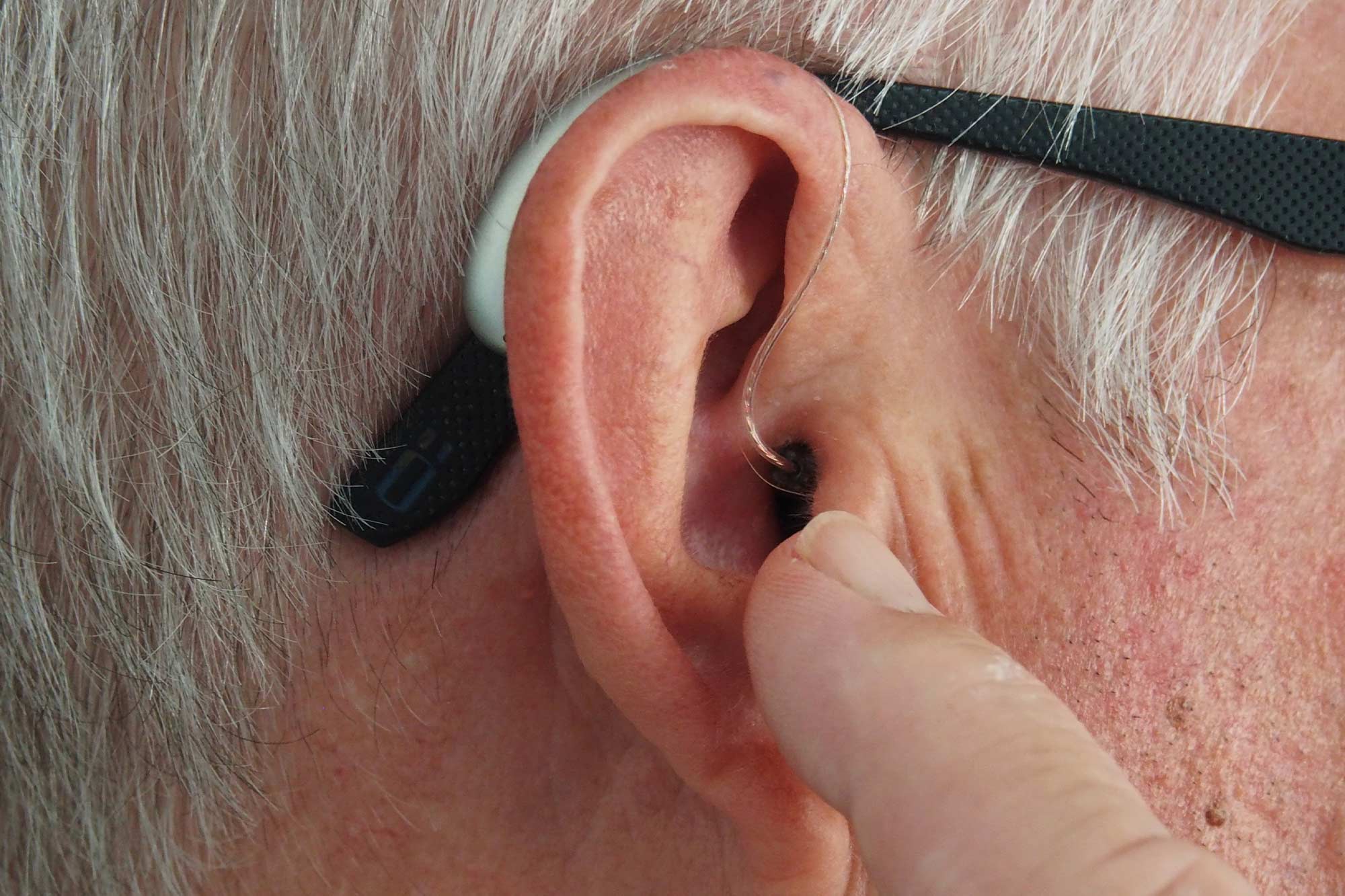China on Thursday launched the main unit of its future permanent space station, called Tian-he, or Heavenly Harmony. The unit was captured by a missile called Long March 5B from the Wencang Space Center on Hainan Island. This is another major step in the country’s space research program, which has made a number of important milestones in recent months.
The construction of the permanent space station, along with the current station, will require 11 missions, and by the end of next year, the first group of three astronauts will be sent to the station, which will now be there for a long time, six months.
Just on Sunday, an expert from the Chinese Lunar Exploration Program announced that the country wants to launch the Qianju-6 spacecraft in 2024 to collect soil samples on the far side of the moon in the Antarctic-Aitken Basin. Chiang’o-4 launched in December 2018, and was the first spacecraft to easily land in the 180-kilometer-wide Von Karman Crater in the Aitken Basin. Chang’o sensors are important components of China’s space exploration program. It also includes a probe that equips a robot to land on Mars.












































